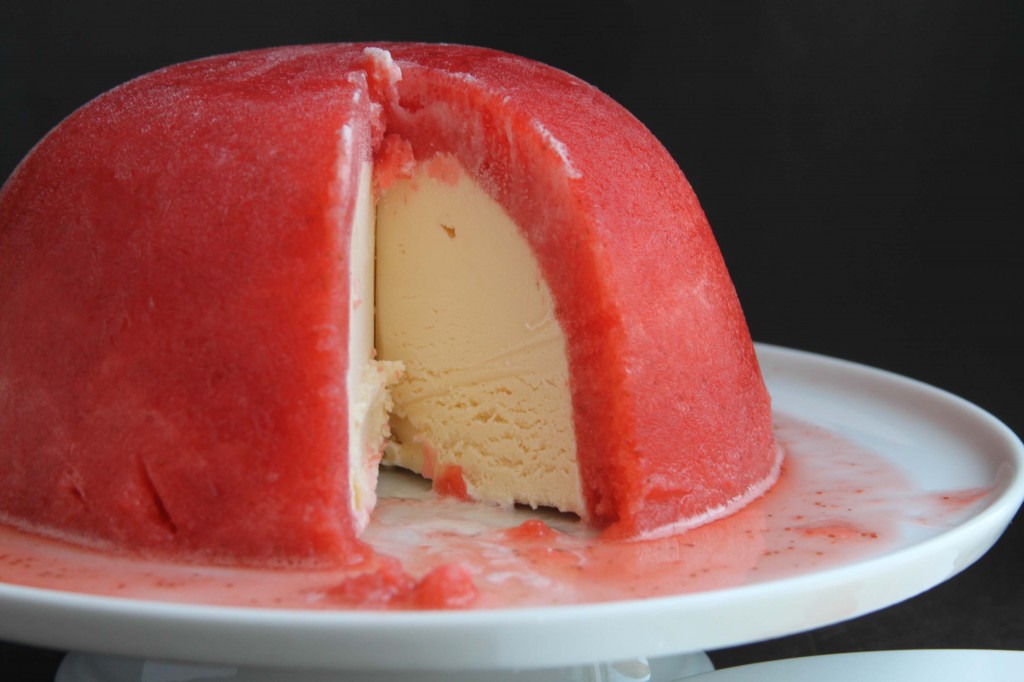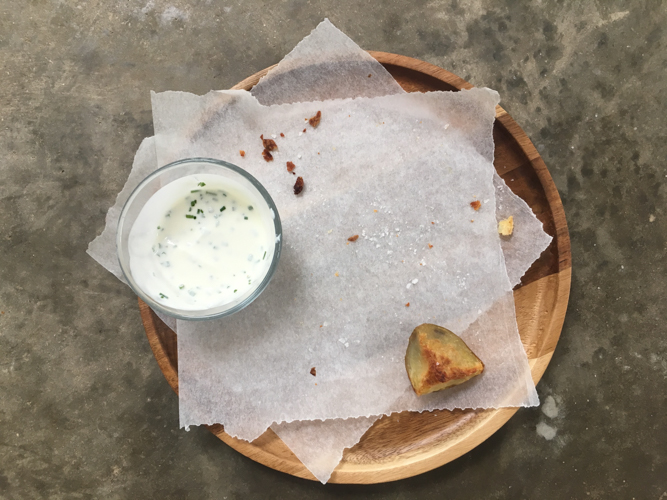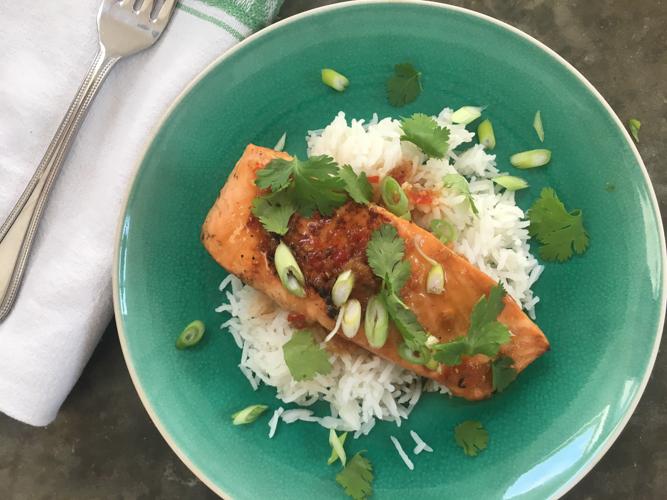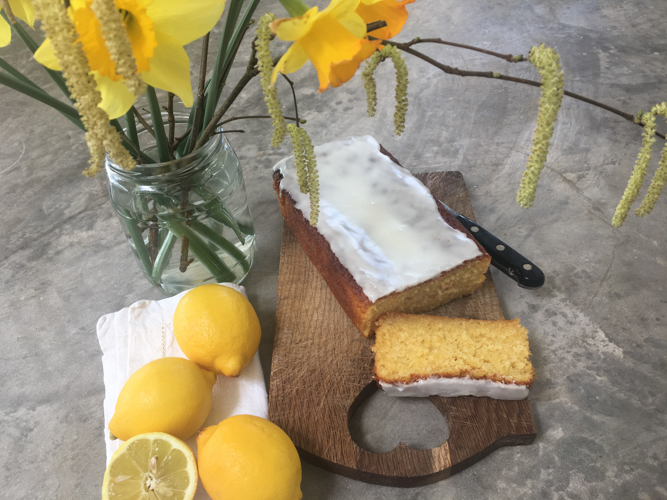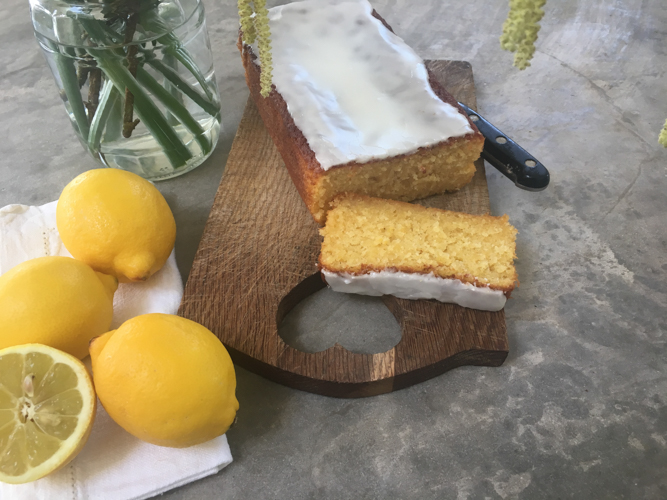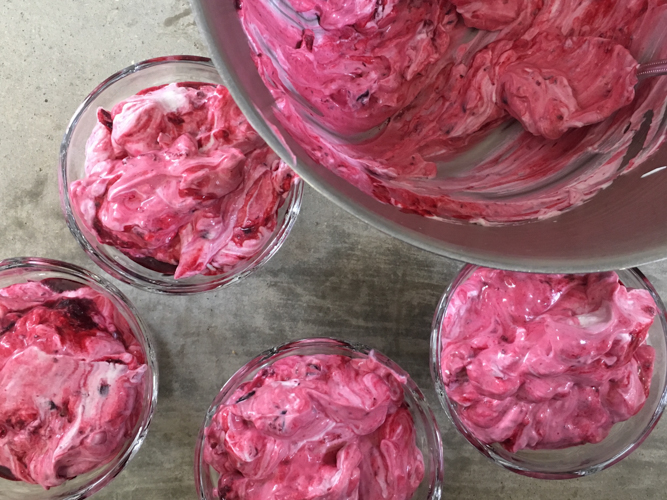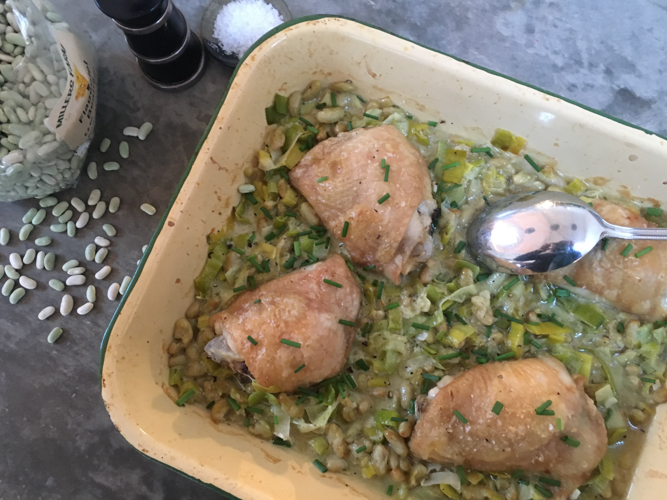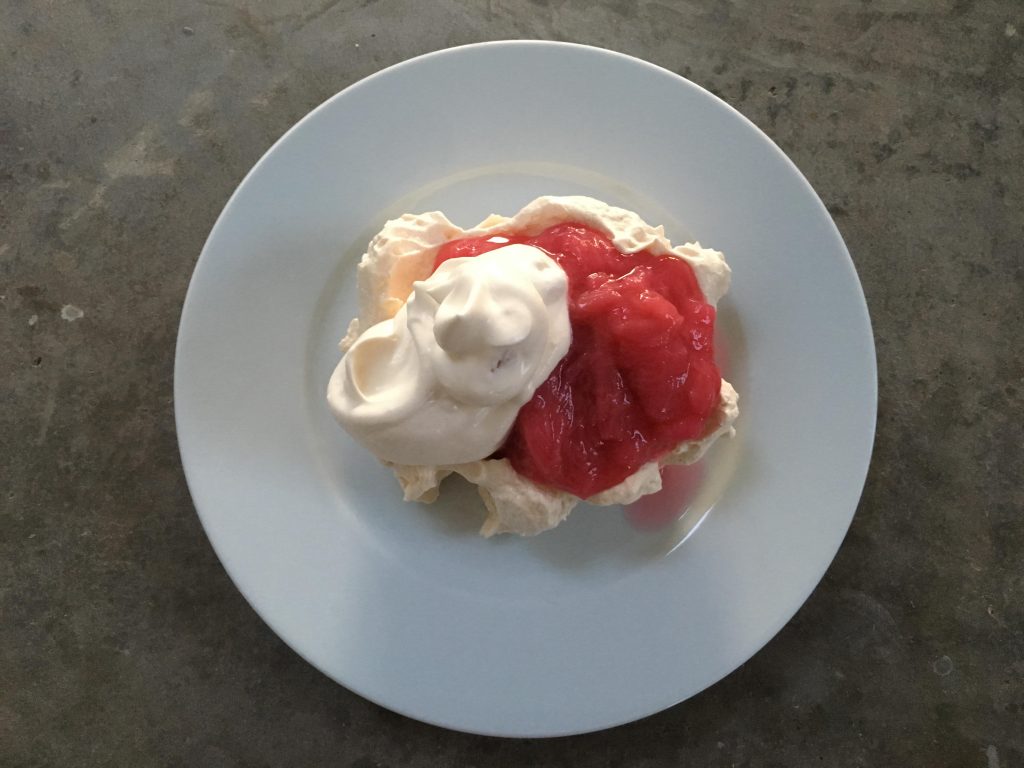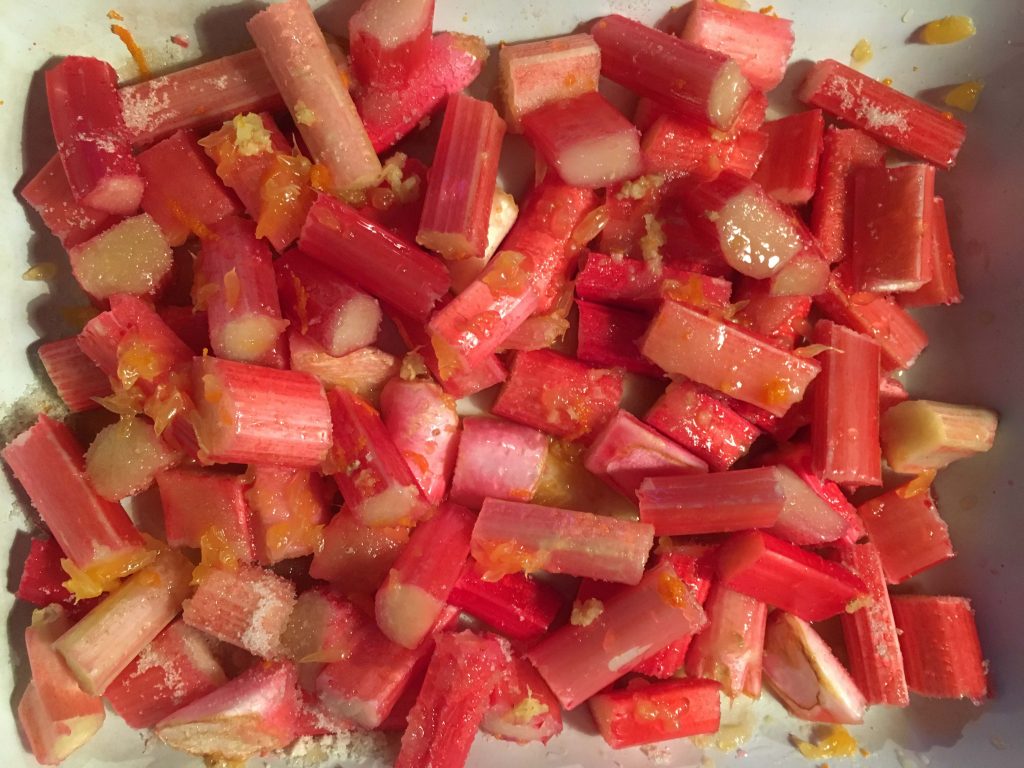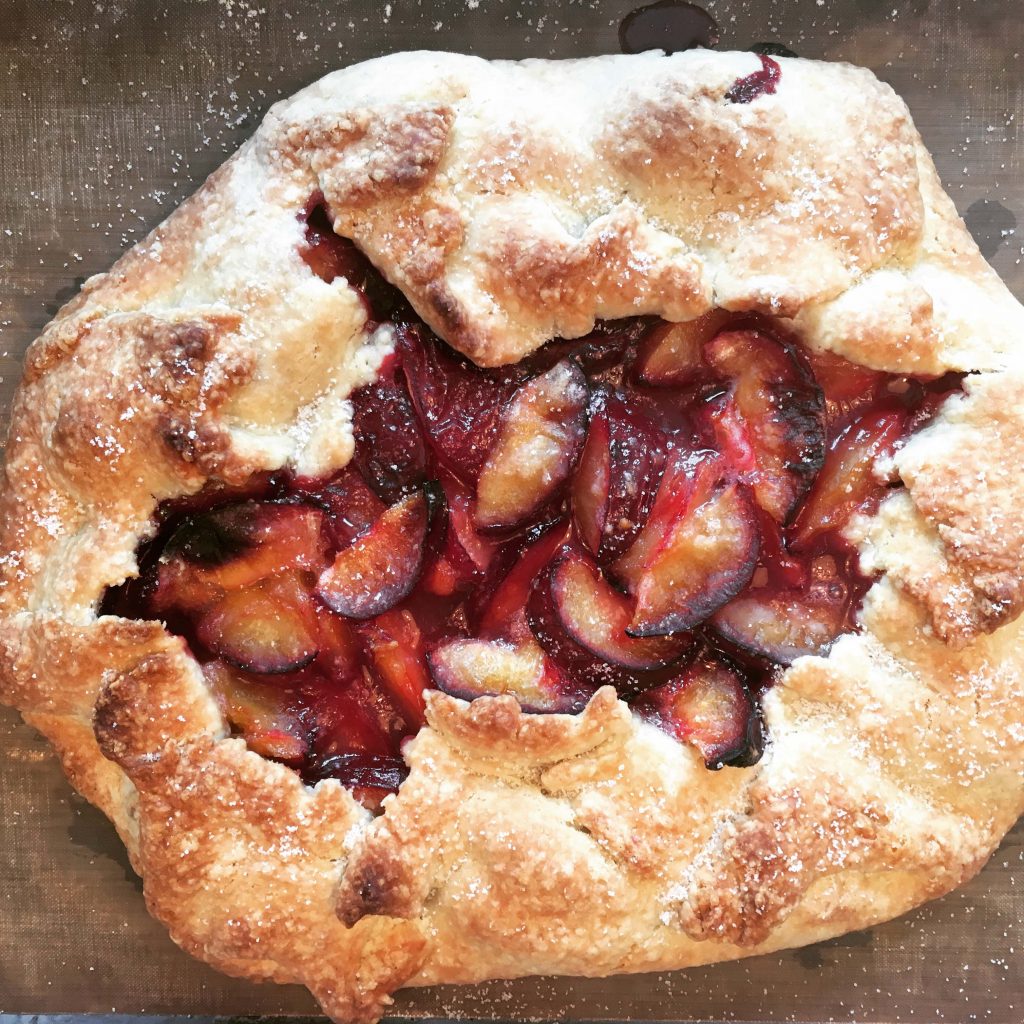
I can’t count how many times I have cooked this – any time of year it seems perfect, particularly when we have a load of friends round. Very little hands on time, works a dream if you make it ahead of time and is an unbelievably economic way to feed a crowd. Did I forget to mention that it is also downright delicious. Super tender, long cooked soft pork bathed in a sweet, spicy and tangy barbecue sauce stuffed in a soft bap with my crunchy, zippy fresh Christmas salad, topped with quick pickled onions and hot sauce. Seriously, what is not to love.
I have made this with a whole shoulder and it made a huge amount, more than enough for 20 with extra for the freezer (a super useful number to have stashed away and it reheats a treat). I tend to make this more often then with half a shoulder, rather easier to marinade and manoeuvre – last weekend one did 8 children and 6 adults with seconds. I cooked it fully on Friday, shredded it (easier whilst warm) mixed it with the sauce and then reheated it in the oven on Saturday. Too easy for words.
The Christmas salad (December 2013) despite its name is also a year round winner, crunchy and tangy, it works so well with the pork, they complement each perfectly. Quick pickled onions (August 2014) bring a sweet/sour tang to the party and I couldn’t countenance my assembly without a good squirt of sriracha on top.
For pudding last weekend I made my son’s favourite, the Giant Strawberry Mivvi (June 2014), see the picture below. This is a summer treat we look forward to all year and as it needs to be made ahead is another good one for entertaining.
Pulled Pork
1 heaped tablespoon paprika
1 heaped teaspoon smoked paprika
2 teaspoons fine salt
1 heaped teaspoon cumin
1/2 teaspoon cayenne
2 tablespoons soft brown sugar
20 turns of the black pepper mill
Shoulder of pork, around 5/6lbs
50ml cider (or white wine) vinegar
1 bottle good barbecue sauce
Mix the first 7 ingredients together in a bowl then rub into all sides of the pork. Wrap tightly in cling film and leave in the fridge for at least 4 hours or up to overnight. When you are ready to cook, preheat the oven to 200 and let the pork come to room temperature. Put into a baking pan not much bigger than the pork, put the 50ml vinegar and 50ml water in the bottom of the pan (don’t pour it over the pork or it will wash off some of the spices) and cover with foil. Put in the hot oven and immediately turn it down to 160 and cook for 6-7 hours until the meat falls apart when prodded with a fork. Pour all the cooking liquid into a pan, skim off the fat, pour in the barbecue sauce and simmer gently for 20 minutes until slightly thickened. Meanwhile remove and discard the layer of fat from the pork, shred the meat and return to the baking pan. When the sauce is ready pour it over the pork, mix well and serve.
